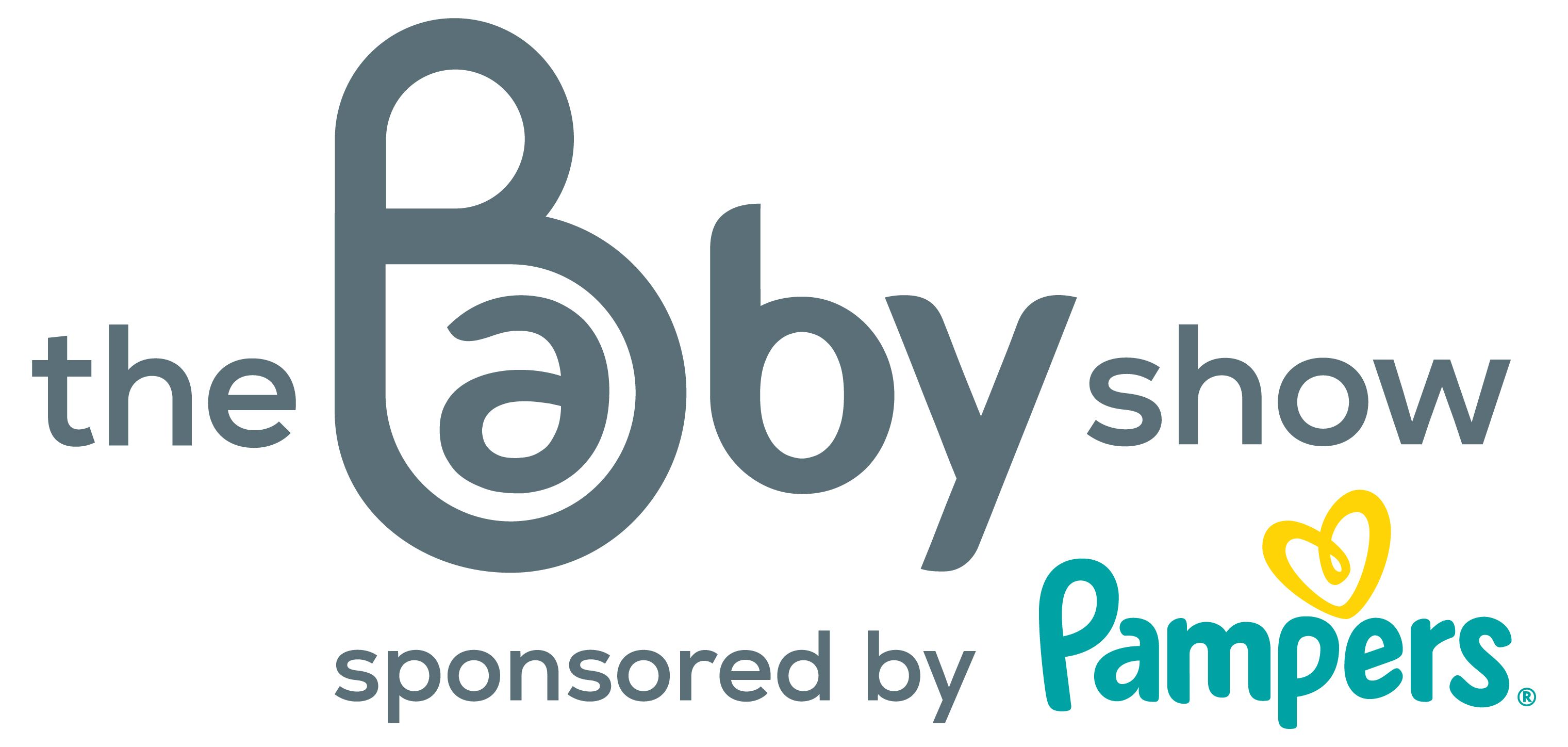Five Questions parents ask in our Daisy First Aid classes And the answers!
)
While most incidents are small, knowing what to do in those first crucial minutes can make a huge difference. In our Daisy First Aid parent and carer classes, there are questions that come up a lot. We’re answering these below!
1 – What’s the most dangerous choking hazard for babies and young children?
When parents start their babies on solids it’s really common for them to worry about choking. Knowing the difference between gagging/mild choking is really important so that you know when they need your help and when you can leave them to work it out themselves.
There are certain foods that pose more of a risk than others so it’s important to be aware of them and how to prepare them in order to keep your child safe from severe choking.
We all know grapes are a serious choking hazard for babies and young children and should be cut in half lengthways before they are given to little ones but did you know that sausages are responsible for a large proportion of serious cases of choking? Hot dogs and chipolatas in particular pose the biggest risk due to their size and shape. Just as we do with grapes, sausages should be cut in half lengthways to prevent severe choking.
And please remember – always supervise young children when they are eating. Choking happens quickly and silently but if you are there with them you’ll be able to act fast to remove the blockage quickly.
2 – Should I put Sudocrem on a burn?
The answer is no – you shouldn’t put anything other than water on a burn. If a child (or anyone) burns themselves, the priority is to cool that burn with water as quickly as possible. Even once the heat source has been removed the skin continues to burn and become damaged so it’s important correct first aid steps are followed.
Here’s what to do if your child does get burned:
1 – REMOVE any loose clothing or jewellery. Don’t remove anything that is stuck to the skin.
2 – COOL the burn by holding it under cool running water for 20 minutes.
3 – COVER the burn using cling film to keep it clean.
4 – CALL for help by dialling 111 for advice or 999 in an emergency.
Hot drinks are responsible for the majority of burns to young children so it’s so important to keep drinks well out of reach. A cup of tea can cause serious burns even 15 minutes after it has been made.
3 – What should I do if my child has a nosebleed?
Nosebleeds in children are often caused by irritation or injury to the delicate blood vessels inside the nose. Common triggers include dry air, frequent nose picking, allergies, colds, or sinus infections. In some cases, minor trauma from bumps or falls can lead to bleeding. Most childhood nosebleeds are harmless and resolve with simple care so knowing what to do is key.
We often get asked if children should pinch the nose and tilt their head back as this is what we did when we were kids. But this is actually wrong! The correct first aid for a nose bleed is to pinch the fleshy part of the nose and lean the child forward. We do this for 10 minutes and if it’s still bleeding we do it again for another 10 minutes. If you’ve done that twice and it’s still bleeding it’s time to speak to a medical professional. Phone 111 for advise or contact your GP.
4 – Will I break a rib if I do CPR?
We get asked this question in almost every class we teach! And it’s a great question. If you need to do CPR on a baby you won’t break a rib as their bones aren’t calcified therefore are still quite soft. You’re more likely to break a rib on an older child or an adult.
If you do break a rib during CPR it’s okay as you are trying to preserve that person’s life. You just need to keep going until help arrives. A broken rib can be fixed later but if a person who has experienced a cardiac arrest doesn’t get continuous, good quality CPR they are not going to make it.
5 – What should I do if my baby as a seizure because of a temperature?
A febrile seizure is a type of seizure caused by a spike in body temperature. There is a part of the brain called the hypothalamus, which is responsible for temperature regulation and this part of the brain isn’t fully developed until a child turns around 4 or 5 years old.
During a febrile seizure your baby or child may:
- become very stiff and their arms and legs may begin to twitch
- lose consciousness and may lose control of their bladder or bowls
- they may start foaming at the mouth which sounds very frightening but the saliva has nowhere to go so that’s why it happens
- there may be blood in the saliva if the child has teeth and has bitten the inside of their cheek or their tongue
- their lips might start to go a bit blue
- their eyes may roll back in their head
A febrile seizure usually lasts for a couple of minutes. There’s nothing you can do to stop the seizure from happening and it’s not recommended to pick children up while they are having a seizure.
Protect their head, time the seizure and call 999. Once they have stopped having the seizure put them into the recovery position and monitor their breathing while you wait for help to arrive. You can also begin to cool them down gently by getting air circulating around the room and removing layers of clothing.
Daisy First Aid Classes
We cover all of this and so much more in our fun and friendly baby and child first aid classes. Daisy First Aid offers fear-free aid classes teaching vital first aid skills to parents and carers all over the UK. Learn what to do so you can act calmly and quickly in an emergency involving your baby or child.
To find your local trainer visit: https://www.daisyfirstaid.com/find-a-first-aid-course/
And come and say hello to us at our stand at The Baby Show!

